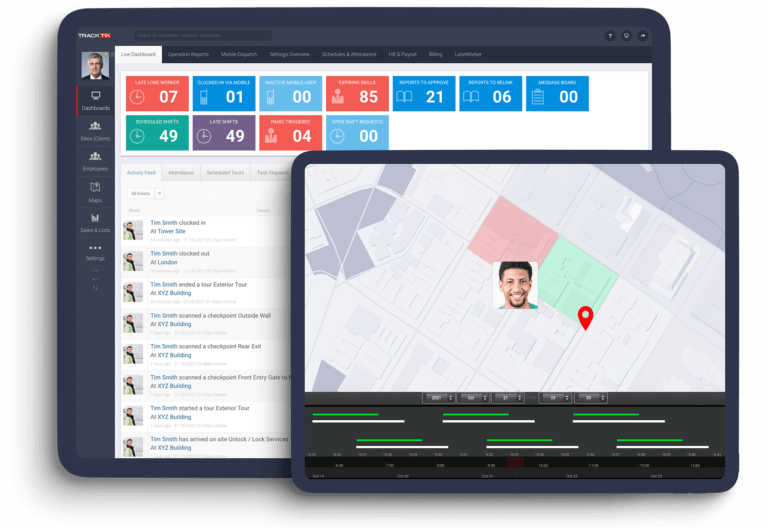While discussing with a colleague the pricing options we provide on workforce management software, I had a flashback to a challenge I faced in a previous job.
Transferred by a security guard company to Canada’s west coast many (many) years ago, I inherited a branch office that had a good staff and loyal clients, but was not profitable. After some analysis, we identified the root cause: The operation’s costs were not aligned with revenue.
Some of the costs were fixed, others variable, but they did not match how we invoiced for service. So as hours and service calls fluctuated, so did the bottom line, and often from negative to a bigger negative!
Just as your security services business is based on service, service agreements, and client contracts, the pricing in workforce management software parallels your existing billing model.
Pricing Options
To succeed, you need pricing options that line up with your business model.
The security guard business is traditionally based on billable hours or hours per week. The mobile response and patrol business is based on call rates or per patrol rates (with certain variables).
With these billing models in mind, security workforce management pricing has to align with the number of guards that are assigned to a site — not the total number but rather how many are working at the same time. This distinction is important because the data the guards generate is attributed to them individually.
What if you have a heavy on-call or event-based business? Ask your workforce management provider for bring-your-own-device (BYOD) pricing (and make sure they have a true BYOD-friendly app).
For back-office work, such as scheduling, time and attendance, and invoicing, pricing should be based on staff numbers, but not pure headcount alone. To quickly calculate the estimated Full-Time Equivalent (FTE), divide the number of hours per week by 32 or 40. This estimate is a widely accepted method for calculating FTEs.
What is Important in Pricing?
Terms, terms, terms! Did I mention terms?
Your service business is based on contracts, some of which have cancellation clauses. Let’s be frank: Sometimes contracts get cancelled, occasionally through no fault of your own.
Regardless of the cause, you need the flexibility to:
- Cancel the number of devices assigned to that account
- Align the duration of your contract with that of your variable expense items
Question!
When in doubt, ask questions! Automation is not about the lowest per unit price, but rather the best purchase that fits your needs. Furthermore, automation should not be an ad-hoc site by site decision – rather it should be incorporated in how you operate.

Does your provider of security workforce management software have the following?
- An in-house software development team, including specialists in front end, back end, mobile (both iOS and Android), and QA?
- A customer success team that helps you both adopt the technology as well as train your internal trainers?
- A dedicated account management team focused on ensuring that you are optimizing the platform?
- A solid financial backbone, i.e., are they there for the long term?
- Support resources that can answer your questions?
- A defined roadmap for future development?
- Industry involvement so they stay on top of trends and the latest issues?
Pricing is Only One Variable
The decision to automate is not to be taken lightly. There are many factors to consider, including asking yourself if you should automate at all!
Pricing is not a win or lose proposition; it is part of the equation. The equation has multiple levels and the solution should always be win-win.


